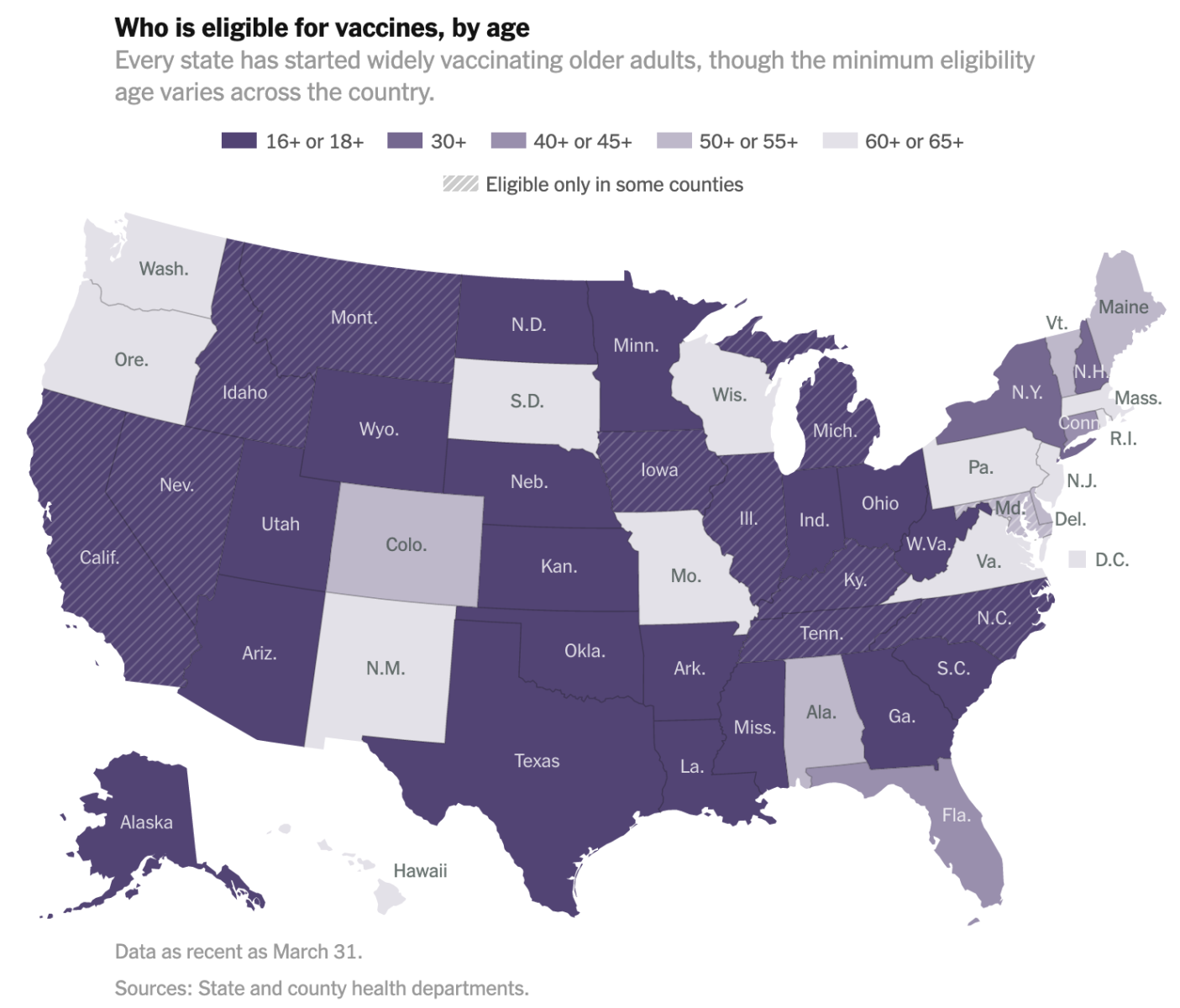My Good Friday, Great 3 day weekend morning reads:
• How Food Banks Succeeded and What They Need Now America’s charitable food banks take pride in what they’ve accomplished over the past year, and the numbers justify it: They distributed roughly 50 percent more food in 2020 compared with 2019, a considerable portion to first-time visitors. They served millions of people even as they dealt with supply-chain interruptions and health risks for their volunteers and employees. (New York Times)
• The Best Part of Life in the 21st Century? Not Being Dead A surfeit of ways to die: Crop failure meant starvation. Constant wars might have killed us. If disease didn’t get us, there was a pretty good chance famine, war, and conquest would. Diseases took a lot of people. The elements would have taken more. Scenarios our ancestors would have routinely found life-threatening are merely occasions to stay indoors and put on a sweater today. (American Institute for Economic Research)
• China’s Commodities Binge Makes America’s Future More Expensive America requires steel, cement, and tarmacadam for roads and bridges, and cobalt, lithium, and rare earths for batteries. Above all, it needs copper—and lots of it. Copper will go into the electric vehicles that President Biden has said he’ll buy for the government fleet, in the charging stations to power them, and in the cables connecting new wind turbines and solar farms to the grid. But when it comes to these commodities—and copper in particular—Washington is one step behind Beijing, who got to all the raw materials first. (Businessweek)
• It’s Hard To Kill The Stock Market Never separate the terms Long Term and Investing. Understanding this is 95% of wealth creation. It’s mind-boggling the deluge of carnage stocks can absorb and eventually roar back to make new highs. Don’t believe me? Take a look at Germany.(A Teachable Moment)
• NFT Mania Subsides After Breakout Month of Sales For the digital art market, there really was no direction to go other than down. Weeks after non-fungible token mania reached a crescendo with the record breaking $69.3 million Beeple auction at Christie’s, sales figures across online marketplaces for digital art and collectibles have made a swift retreat.(Bloomberg)
• The Five Universal Laws of Human Stupidity We underestimate the stupid, and we do so at our own peril: Carlo M. Cipolla explain they share several identifying traits: they are abundant, irrational, and cause problems for others without apparent benefit to themselves, thereby lowering society’s total well-being. There are no defenses against stupidity, so the only way a society can avoid being crushed by the burden of its idiots is if the non-stupid work even harder to offset the losses of their stupid brethren. (Get Pocket)
• A Neuroscientist’s Poignant Study of How We Forget Most Things in Life Any study of memory is a study of its frailty. In “Remember,” an engrossing survey of the latest research, Lisa Genova explains that a healthy brain quickly forgets most of what passes into conscious awareness. The fragments of experience that do get encoded into long-term memory are then subject to “creative editing.” To remember an event is to reimagine it; in the reimagining, we inadvertently introduce new information, often colored by our current emotional state. It is sobering to realize that 3 out of 4 prisoners who are later exonerated through DNA evidence were initially convicted on the basis of eyewitness testimony. “You can be 100 percent confident in your vivid memory, and still be 100% wrong.” (New Yorker)
• Dark patterns, the tricks websites use to make you say yes: How design can manipulate and coerce you. Dark patterns have for years been tricking internet users into giving up their data, money, and time. But if some advocates and regulators get their way, they may not be able to do that for much longer. There’s now a growing movement to ban dark patterns, and that may well lead to consumer protection laws and action as the Biden administration’s technology policies and initiatives take shape. (Vox)
• Brutalist buildings aren’t unlovable. You’re looking at them wrong. An architectural style characterized by unfinished concrete, recessed windows, top-heavy design, and a proclivity for bulk and heft, Brutalism proliferated around the world in the mid-20th century and found a particularly welcoming home in the D.C. area, which boasts many examples of the style. At the time, the U.S. government was pouring funds into the public sector, and concrete — convenient, inexpensive and versatile — would give shape to public housing, schools, libraries, government offices and more. (Washington Post)
• How Did Frasier Afford His Apartment? How the hell did Frasier afford his apartment? While characters living in unrealistically spacious apartments is a sitcom mainstay, the extravagance of Frasier’s apartment is central to the show, rather than an incidental. Frasier, ever class-conscious, takes great pride in furnishing his condo in the Elliott Bay Towers because it’s how he expresses his refined sensibilities. As a 1994 Chicago Tribune article points out, the decor choices were extremely deliberate—and extremely pricey. (GQ)
Be sure to check out our Masters in Business interview this weekend with Shirl Penny, founder and CEO of Dynasty Financial Partners. Dynasty has 50 RIA offices, 250 advisors + over $60B in assets on their platform. Penny was recently named to Investment News’ 40 under 40 list.
Who Can Get the Vaccine in Your State?

Source: New York Times
Sign up for our reads-only mailing list here.
~~~
To learn how these reads are assembled each day, please see this.

